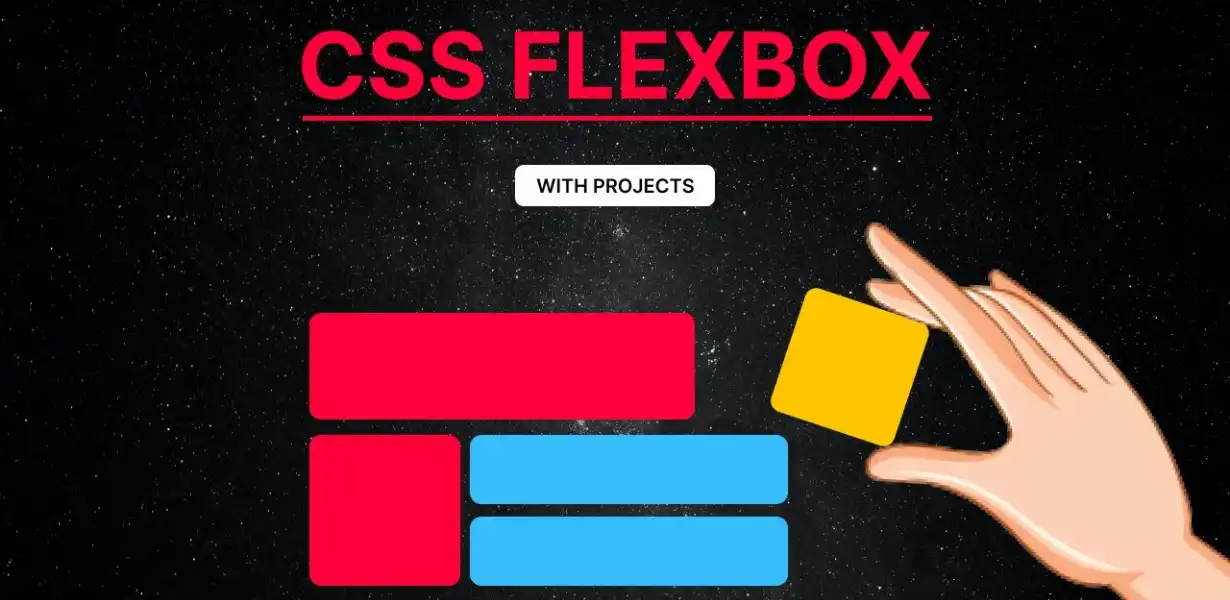
Mastering Flexbox 2.0: Unraveling the Latest Features
- Post
- August 5, 2023
- Flexbox, HTML & CSS, Web Development
- 0 Comments
Welcome to the world of Flexbox 2.0, where CSS becomes even more powerful and flexible! In this comprehensive blog, we will delve into the exciting enhancements and updates in Flexbox, the cutting-edge layout module that has revolutionized the way we design responsive and dynamic web pages. Flexbox CSS, with its extensive range of properties, has become a go-to solution for modern web developers and designers.
The Evolution of Flexbox:
To understand the latest version, we must first explore the evolution of Flexbox. Introduced in CSS3, Flexbox was initially designed to tackle the challenges of building complex layouts. It brought a breath of fresh air to CSS by providing a simpler way to arrange elements within containers. However, Flexbox 2.0 has taken this innovation to new heights, addressing its predecessor’s limitations and adding incredible new features.
Embracing the Flex Container:
In Flexbox, the parent element becomes a “flex container” by setting its display property to flex or inline-flex. This simple declaration transforms the entire layout behavior. Now, in Flexbox 2.0, you can also use gap to define the space between flex items, making your designs cleaner and more intuitive.
Mastering Flex Items:
Flex items are the children of the flex container, and their arrangement is where the true power of Flexbox shines. In Flexbox 2.0, you can leverage the new order property to change the visual order of flex items without altering the source order. This feature is a game-changer for accessibility and responsive designs.
Flexibility with Flex Direction:
With the flex-direction property, you can control the main axis of the flex container. The options, such as row, row-reverse, column, and column-reverse, offer unparalleled flexibility in creating diverse layouts. In Flexbox 2.0, the row-pack and column-pack properties have been introduced, allowing you to distribute space evenly between flex items along the main axis.
Alignment, Justified:
Aligning and justifying content is now more intuitive and robust in Flexbox 2.0. The align-items and justify-content properties enable you to align flex items along the cross and main axes, respectively. Moreover, the new align-self property gives each flex item the freedom to override the container’s alignment options, adding a layer of customization.
The Power of Flex Grow and Shrink:
Flexbox introduces the flex-grow and flex-shrink properties, allowing flex items to grow or shrink proportionally within the container. In Flexbox 2.0, you can take this a step further by using the flex-basis property to define the initial size of flex items. These properties give you unparalleled control over the responsive behavior of your layouts.
Wrapping and Flowing:
In Flexbox, the flex-wrap property lets you decide whether flex items should wrap or remain in a single line when the container is too narrow. Flexbox 2.0 introduces wrap-reverse, providing a new way to wrap items in reverse order. Additionally, the flow-from and flow-into properties have been added to create flexible reordering of items.
Sizing and Space Distribution:
Flexbox 2.0 expands your options for sizing and distributing space between flex items. The align-content property, combined with space-evenly, offers better control over how space is distributed across the cross axis. These enhancements ensure a smoother and more visually appealing layout for your web pages.
Media Query Integrations:
Flexbox 2.0 takes responsiveness to a new level with seamless integration with media queries. By utilizing media queries, you can create adaptive designs that adjust based on the user’s device, viewport size, or orientation. This integration unleashes a new realm of possibilities for creating highly responsive web layouts.
Browser Support and Implementation:
One of the significant advantages of Flexbox 2.0 is its wide-ranging browser support. With modern browsers embracing this innovative layout model, you can confidently implement Flexbox 2.0 in your projects without worrying about compatibility issues. This ensures a consistent experience across various platforms and devices.
Final Words
Mastering Flexbox 2.0 empowers web developers and designers to create stunning, responsive, and user-friendly layouts. Its latest features bring enhanced control, flexibility, and efficiency to the world of CSS layout design. Embrace Flexbox 2.0 to take your web development skills to new heights and stay at the forefront of the ever-evolving web design landscape.
Commonly Asked Questions:
Q1: Is Flexbox 2.0 backward compatible with earlier versions of Flexbox?
A1: Yes, Flexbox 2.0 maintains backward compatibility with existing Flexbox implementations, ensuring your previous code won’t break when transitioning to the latest version.
Q2: How does Flexbox 2.0 handle browser support for older versions?
A2: While most modern browsers fully support Flexbox 2.0, for older browsers, consider using fallback layouts or employing CSS feature detection techniques.
Q3: Can I combine Flexbox 2.0 with other layout models, such as CSS Grid?
A3: Absolutely! Flexbox and CSS Grid are complementary layout systems, and using them together can provide even more powerful and flexible layout options.
Q4: Is Flexbox 2.0 suitable for building complex multi-dimensional layouts?
A4: Yes, Flexbox 2.0 is an excellent choice for creating intricate multi-dimensional layouts, and its new features make it even more capable in handling complex design requirements.
Q5: Are there any known performance considerations when using Flexbox 2.0?
A5: While Flexbox 2.0 is generally performant, excessive nesting of flex containers or flex items with complex calculations may impact performance. Always test and optimize for optimal results.




